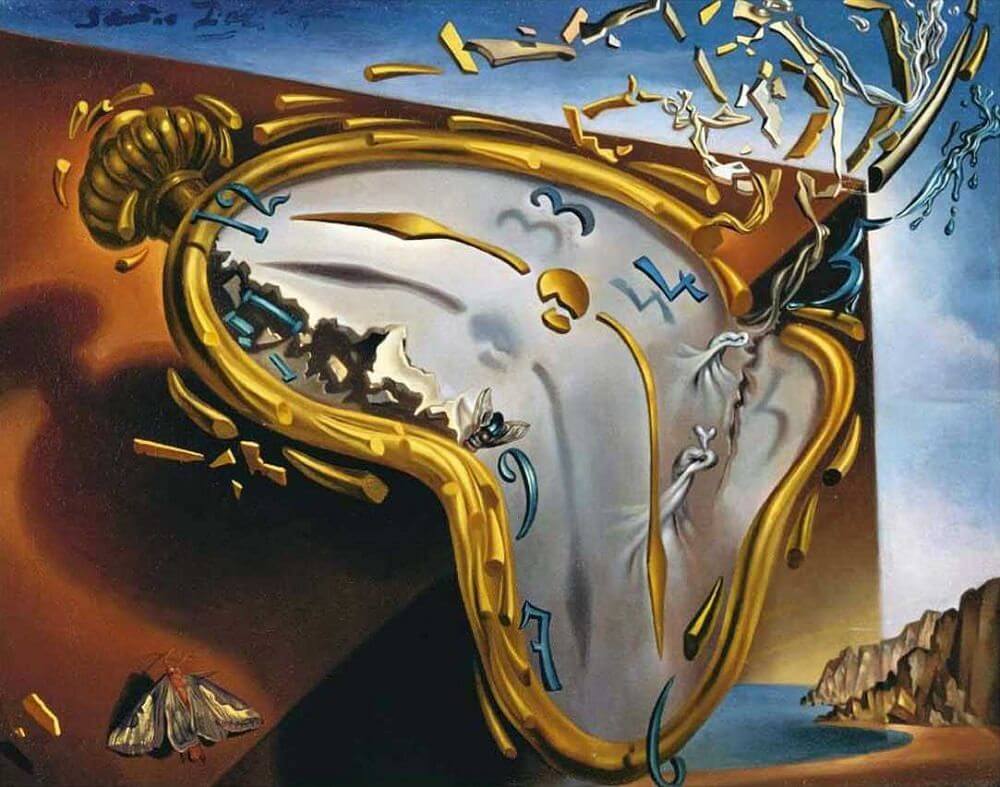

When I was studying physics in college, one of the early subjects was Einstein’s special relativity theory. The subject is called “relativity” because it explains the physics of objects moving relative to each other. It is “special” because it only applies to uniform relative motion, not motion induced by gravity, which is covered by “general” relativity, which Einstein described a decade later.
Special relativity replaced Galileo’s and Isaac Newton’s earlier theories, which were superb at explaining falling objects and orbiting planets, but had run into trouble explaining the properties of fast-moving electrons and light.
It is an early subject in the physics curriculum because as students, we were just learning the techniques of calculus and linear algebra; techniques that are helpful, but not required to understand special relativity. Most people are familiar with special relativity, and even if they don’t understand the details, they have heard “E=mc2”, one of the consequences of it. They may also have heard about time dilation, the effect of a moving clock slowing down relative to a stationary one.
When relativity was first introduced in 1905, the concept of one observer moving relative to another was given by the example of side-by-side trains on smooth parallel tracks. When you look out the window and see the adjacent train sliding past, it is hard to know which train is actually moving, or maybe it is both! The stopped or moving trains are called “inertial frames of reference” because there are no acceleration clues. The accelerometer in your iPhone doesn’t sense any movement and neither do you. Inertia keeps everything in its place.
In class, we learned how to calculate how much the moving clock slowed down compared to the stationary clock. It is usually unmeasurably small until you get close to the speed of light. And this allows us to consider the more contemporary example of spaceships traveling at high speed to far-away destinations. The passengers on the ship would not notice it, but their clocks are running slow compared to the clocks back on Earth.
Which brings us to the twins paradox, something that has bothered me ever since that class in relativity. It is usually presented as having identical twins, one of whom travels on the spaceship and the other stays home. In my example, I will be using non-identical twins: grounded Amelia, who stays on Earth, and energetic Ben, a cadet who is sent on a mission to a distant exoplanet. Ben leaves Amelia and travels at relativistic speeds for several years to the destination, where he stops, gathers some samples, takes some measurements, and then spends a few more years returning home. When reunited, the twins discover that Amelia has aged more than Ben, as confirmed by the mission clocks and calendars on the spacecraft– they are way behind the clocks on Earth. Having both studied relativity, these time differences match what they expected and nobody is surprised, although Ben is disappointed he can no longer claim to be older than Amelia by 15 minutes.
The paradox comes about from the tenet of relativity that all inertial frames of reference are valid. So it makes sense to consider the case from Ben’s perspective. As far as he is concerned, it looks like Amelia on Earth, whizzed away for several years and then stopped to make a U-turn and came back to pick him up. In that scenario, Amelia will be the younger one when they reunite; and by much more than 15 minutes.
Well, these perspectives can’t both be right, which makes it a paradox. So how is it resolved?
I have puzzled over this off and on for years. Every explanation I encountered was unsatisfying. Triggered by my increasing diet of YouTube physics videos, I resolved once again to figure it out. There are lots of videos that attempt to explain the twins paradox (see some listed later), but I still found them unsatisfying. There was always another level of “why” are these two perspectives not equivalent?
I encountered one from a respected physics communicator that I could follow perfectly, right up to the very end where he explained the difference in the few remaining seconds of the video. I failed to grok his last words of explanation. I wasn’t the only one. In the comments there were plenty of others that felt the same way. His clinching sentences failed to enlighten us.
I eventually found a series of video posts that presented relativity in both a descriptive and mathematical way that matched my comprehension and math abilities. The set comprises a lengthy course that begins with the basics of motion and builds up to special relativity and beyond. I didn’t make it all the way to general relativity, but I did get far enough to finally understand the twins paradox!
And to test my understanding, I made a few pages of explanation that describe the details of this paradox, and its resolution. I know this isn’t for everyone, so I put the subsequent pages on my site “Spontaneous Emissions“, where I feel free to dive into the scientific weeds. If you are curious enough to dive in with me, follow the link below (no math required). I will feel quite satisfied if my explanation can be understood by someone reading it (so let me know). Here goes.
Spacetime and Worldlines, Ben’s Outbound Trip

